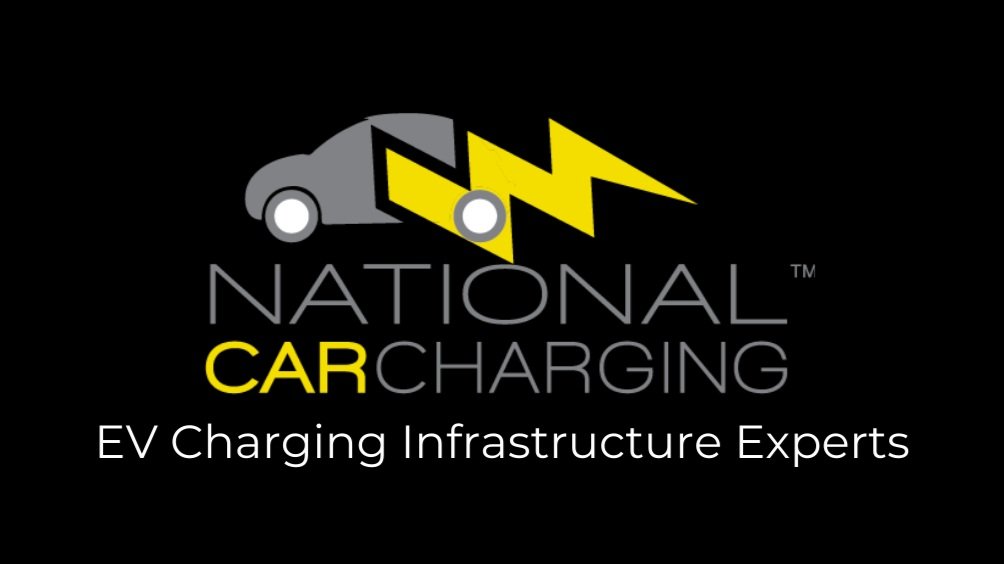EVs & Sustainable Farming for a Better Tomorrow.
At first blush, the future of EVs and farming may not seem interconnected; however, the future of agriculture, especially in the United States, is uniquely dependent on the rise of electrified transportation for its survival and that of the planet’s.
Agriculture and climate change.
Farming has long been at the mercy of Mother Nature. Even the classic 1939 film The Wizard of Oz is the story of a tornado threatening the family farm. Those fears and weather uncertainties have only escalated over time. Ever since the Industrial Revolution, the release of vast quantities of carbon dioxide (CO2) and other greenhouse gasses into the atmosphere has altered the earth’s climate, and in turn, has greatly impacted our farming communities.
Rising temperatures have caused droughts, ravaging wildfires, unprecedented storms, and generally disruptive and unpredictable weather – negatively impacting all of us and especially the agricultural community. In recent years, these destructive events have brought global warming more into the limelight; even subtle shifts in temperature and precipitation have affected the ecosystems and the yield of many crops. A recent NASA study revealed farm yields are expected to decrease by 24% by 2030 and higher carbon dioxide levels will decrease their nutritional value.
In 2022, American Farm Bureau Federation research found natural disasters resulted in $21.5 billion in agricultural losses nationwide. This past year, the Vermont Agency of Agriculture, Food, and Markets estimated the state’s farmers lost $16M (~1/3 to 1/2 of the state’s yield) due to 48 hours of unprecedented rainfall.
Sadly, only half of these losses are protected by insurance or federally backed programs, and over the last 20 years, these federal programs’ payouts have increased more than 500%. In the end, climate change has had a devastating and often heartbreaking effect on the already fragile farming economy and all those it employs.
This devastation also influences the U.S. economy with cultivating crops, raising livestock and harvesting seafood, contributing over $300B each year. Adding food-service and other related industries, it accounts for $750B of the GDP. In fact, U.S. agriculture is critical not only for the American food supply but also for the world. Per the EPA, U.S. farms supply nearly 25% of the global grain supply (wheat, corn, and rice) annually.
What does this all have to do with EVs?
While agriculture is not an innocent bystander in the climate crisis, roughly 10% of the U.S.’s annual greenhouse gas emissions are produced through synthetic fertilizers, diesel-fueled farm machinery and methane-emitting livestock, highway vehicles are by far the largest contributor.
Gas vehicles release a staggering 1.5B tons of greenhouse gasses. For every gallon of gasoline burned 20 pounds of GHG are released. These gasses act like a blanket, trapping heat in and gradually elevating the earth’s temperature. Therefore, replacing gas vehicles is essential to mitigating climate change and the survival of U.S. food production.
In 2022, the U.S. passed the Inflation Reduction Act (IRA), a historic piece of legislation to tackle global warming head on. The bill may be best known for the $5B in incentive dollars to advance electric vehicles; however, it also allocated $25B to promote climate-friendly farming practices to help preserve soil health and water and air quality. The bill also provides funds to expand farmers payment programs aimed at reducing carbon emissions and projects that will reduce emissions from livestock by modifying feed.
Electrified farm equipment.
The IRA is also paving the way for electrified farm equipment. Although much of the press around EVs has been focused on passenger vehicles, companies like John Deere and others have been developing effective and affordable farm equipment including tractors, combines and drones.
Drones, which are now commonplace on most U.S. farms, have a multitude of functions and can survey fields, provide analytical data, and seed and spray crops with high precision. These electrified drones are not only increasing accuracy and running on cleaner fuel but are also reducing costs and increasing farm efficiency. Plus, with more accurate spraying, less pesticides are running into our rivers, lakes, and streams—another positive for the environment.
John Deere has committed to offering a wide range of electric equipment including compact utility tractors, commercial and residential mowers, gator utility vehicles, and more than 20 models of construction equipment by 2026. The company cites better performance and reliability, quieter operation and reducing costs with simplified maintenance and cheaper “fuel” in addition to reduced CO2 emissions as among the benefits and research projects the electric farm tractor market will reach a value of $218.9 million by 2026, an 88% increase from 2020.
Course correcting the climate crisis trajectory.
While we have a long way to go to reversing the volatility and impact of climate change, with programs like those introduced through the IRA and the cost and emissions benefits of electrification, we are on our way to tackling the problem and can positively transform the future of agriculture and other industries in the process.
Whether on the highway or in the field, electrification is quickly infiltrating every aspect of American life and has the potential to be game changing for all of us, especially within the farming community. When Elon Musk first introduced the Tesla Roadster in 2008, the impact it would have on today’s economy and agriculture was unimaginable. Yet, less than two decades later, the same technology is helping U.S. farmers more effectively and efficiently grow their crops and battle climate change at the same time.
This article was originally published by the International Parking and Mobility Institute (IPMI) in their Parking & Mobility Magazine, January 2024.
Written by Margaret-Ann Leavitt, Chief Marketing Officer at National Car Charging & Aloha Charge.





